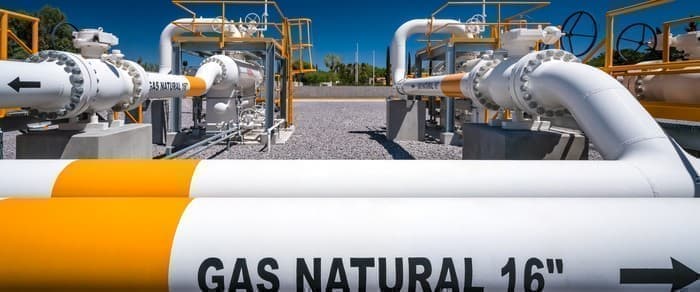The U.S. natural gas benchmark is set for several months of below $3 MMBtu price analysts and EIA forecasters say. The agency cited declining demand for heating in the spring along with rising American dry natural gas production.
Following the Texas Freeze in the middle of February when demand spiked and production collapsed—leading to the second-largest withdrawal of natural gas from storage in the U.S. in history—demand for natural gas has been declining and production has been growing. The return of the production shut-in during the cold snap and the rising associated natural gas production due to the growing number of oil-directed rigs in the shale patch have boosted U.S. natural gas production. At the same time, demand for heating is declining due to rising temperatures and is expected to reach the lowest levels this year in the shoulder season in April and May, when heating and electricity demand are set to be low before the summer demand for electricity for cooling.
These fundamentals in supply and demand are reflected in the U.S. benchmark price at Henry Hub, which was around $2.50/MMBtu early on Friday.
Prices had risen on Thursday, after the EIA reported a larger-than-expected natural gas withdrawal of 36 billion cubic feet (Bcf) for the week ending March 19. Working natural gas stocks totaled 1,746 Bcf, which is 13 percent lower than the year-ago level and 4 percent lower than the five-year average for this week, the EIA said. However, expectations for warmer weather through the end of March and early April have analysts predicting that this was the last withdrawal for the season or at least the last withdrawal above expectations.
Summer contracts of natural gas futures will struggle to stay above $2.70/MMBtu, although prices are unlikely to decline to a level below $2.30/MMBtu, market analytics firm Bluegold Trader writes in Seeking Alpha.
Despite the higher pull of natural gas out of storage in the latest reporting week, supply and demand expectations point to an unlikely rally in U.S. natural gas prices.
Related: Houthi Rebels Launch Missile Attack On Saudi Oil Terminal
Across the United States, prices in most markets declined week over week in the week to March 24, as the heating season is coming to an end and the rate of natural gas inventory draws decreases, the EIA said. Prices also fell in the major Appalachia producing region due to falling demand amid rising temperatures, as well as at the Waha hub in the Permian, where natural gas production continues to recover.
Overall across the U.S., heating demand is declining while natural gas production is rising. Also, demand for gas for power generation is expected to be lower this year compared to last year due to higher average gas prices, eroding the fuel’s competitiveness against other power-generating sources, including coal.
According to Bluegold Trader, higher natural gas prices are set to destroy potential natural gas demand in the electricity sector.
“Therefore, if prices continue to rise and if production remains above 90 bcf/d, we will continue to add short positions in May and June contracts,” Bluegold Trader said this week.
Production continues to increase, the EIA said in its Natural Gas Weekly. U.S. dry natural gas production grew by 0.4 percent week over week to average more than 91.1 Bcf/d, the highest level since the first week of January.
At the same time, U.S. natural gas consumption fell by 5.6 percent week over week. Natural gas consumed for power generation fell by 2.7 percent, while demand in the residential and commercial sectors declined by 12.9 percent.
The supply-demand fundamentals through the summer are bearish, but prices are set to grow next year thanks to growing liquefied natural gas (LNG) exports.
ADVERTISEMENT
The EIA expects U.S. dry natural gas production will average 91.4 Bcf/d in 2021 in its March Short-Term Energy Outlook (STEO). This estimate is 0.9 Bcf/d higher than in the February STEO forecast, due primarily to expected higher oil prices, which are set to boost associated natural gas production.
This year, Henry Hub spot prices will average $3.14/MMBtu, up from the 2020 average of $2.03/MMBtu, the EIA says. Next year, Henry Hub spot prices are forecast to average $3.16/MMBtu, due to continued growth in America’s LNG exports and relatively flat production, according to EIA.
By Tsvetana Paraskova for Oilprice.com
More Top Reads From Oilprice.com:
- OPEC’s Biggest Fear Is Becoming A Reality
- Investors Are Betting Big On Energy Stocks In 2021
- Most Hydrogen Is A “Climate Killer”: Enel Executive


















